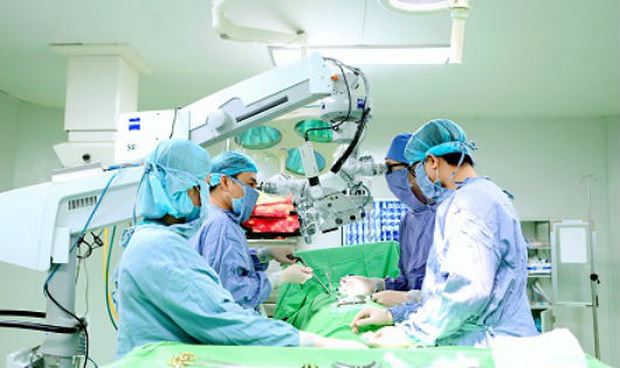Medtronic has released new data supporting the long-term durability, safety, and efficacy of the Valiant Captivia thoracic stent graft system for the treatment of blunt thoracic aortic injury (BTAI). Himanshu J Patel of the University of Michigan Department of Cardiac Surgery, Ann Arbor, USA, presented the outcomes at The Society of Thoracic Surgeons Annual Meeting (STS; 26–29 January, San Diego, USA). It was the first ever five-year industry-issued dataset reported for patients with aortic transections undergoing thoracic endovascular aortic repair (TEVAR).
Blunt thoracic aortic injury is an emergency medical condition in which the aorta is damaged due to traumatic force to the chest, usually the result of elevated falls or other high-impact injuries such as motor vehicle accidents. It is the second leading cause of traumatic death after head injuries. The data presented by Patel came from the evaluation of the clinical performance of the Valiant thoracic stent graft with the Captivia delivery system for the endovascular treatment of blunt thoracic aortic injuries (RESCUE) trial, a long-term study of this high-risk cohort of patients.
“These data from the RESCUE trial demonstrate that TEVAR with Valiant Captivia continues to be a valuable, safe, and less invasive alternative to open surgery for patients facing life-threatening aortic injury of blunt thoracic aortic injury, especially in the setting of critical multi-system injuries,” said Dr. Patel. “This is the first five-year industry-issued dataset ever disseminated. The outcomes demonstrate Valiant Captivia to be a safe and durable therapy for high-risk blunt injury patients.”
The RESCUE study is a prospective, multicentre, non-randomised, descriptive study that evaluated a total of 50 patients with blunt injury to the descending thoracic aorta. Subjects enrolled had a mean injury severity score (ISS) of 38.4±14.4 and 70% (35/50) of blunt thoracic aortic trauma extent was grade III or higher, including one grade IV free rupture, indicative of this extremely high-risk patient cohort. The extent of arch repair required full (40.0%, 20/50) or partial (18.0%, 9/50) left subclavian artery coverage. Of the 31 patients available at five years, 90.3% (28/31) received clinical follow-up, while 67.7% (21/31) received imaging follow-up.
Data highlights at five-year follow up:
- Kaplan Meier freedom from all-cause mortality of 85.2%
- No stroke or spinal cord ischaemia observed
- 100% freedom from type 1 or 3 endoleaks
- Kaplan-Meier freedom from secondary procedures of 90.6%
- 100% freedom from retrograde type A dissections, conversions to open repair, or aortic perforations
- 100% complete exclusion of the traumatic injury maintained
- No instances of stent graft kinking, fracture, loss of patency, or migration
“The Valiant Captivia five-year transection results demonstrate our commitment to life-saving treatments, and transparency in reporting long-term data to improve patient safety,” said John Farquhar, vice president and general manager of the Aortic business, which is part of the Aortic, Peripheral, and Venous division at Medtronic. “These data also support our continuing focus on providing safe and durable endovascular repair to patients who have traditionally been challenging to treat.”
Vascularnew.com
DucTin surg clinic
Tin tức liên quan

Performance diagnostique de l’interféron gamma dans l’identification de l’origine tuberculeuse des pleurésies exsudatives

A Mixed Phenotype of Airway Wall Thickening and Emphysema Is Associated with Dyspnea and Hospitalization for Chronic Obstructive Pulmonary Disease.

Radiological Approach to Asthma and COPD-The Role of Computed Tomography.

Significant annual cost savings found with UrgoStart in UK and Germany

Thrombolex announces 510(k) clearance of Bashir catheter systems for thromboembolic disorders
Phone: (028) 3981 2678
Mobile: 0903 839 878 - 0909 384 389







